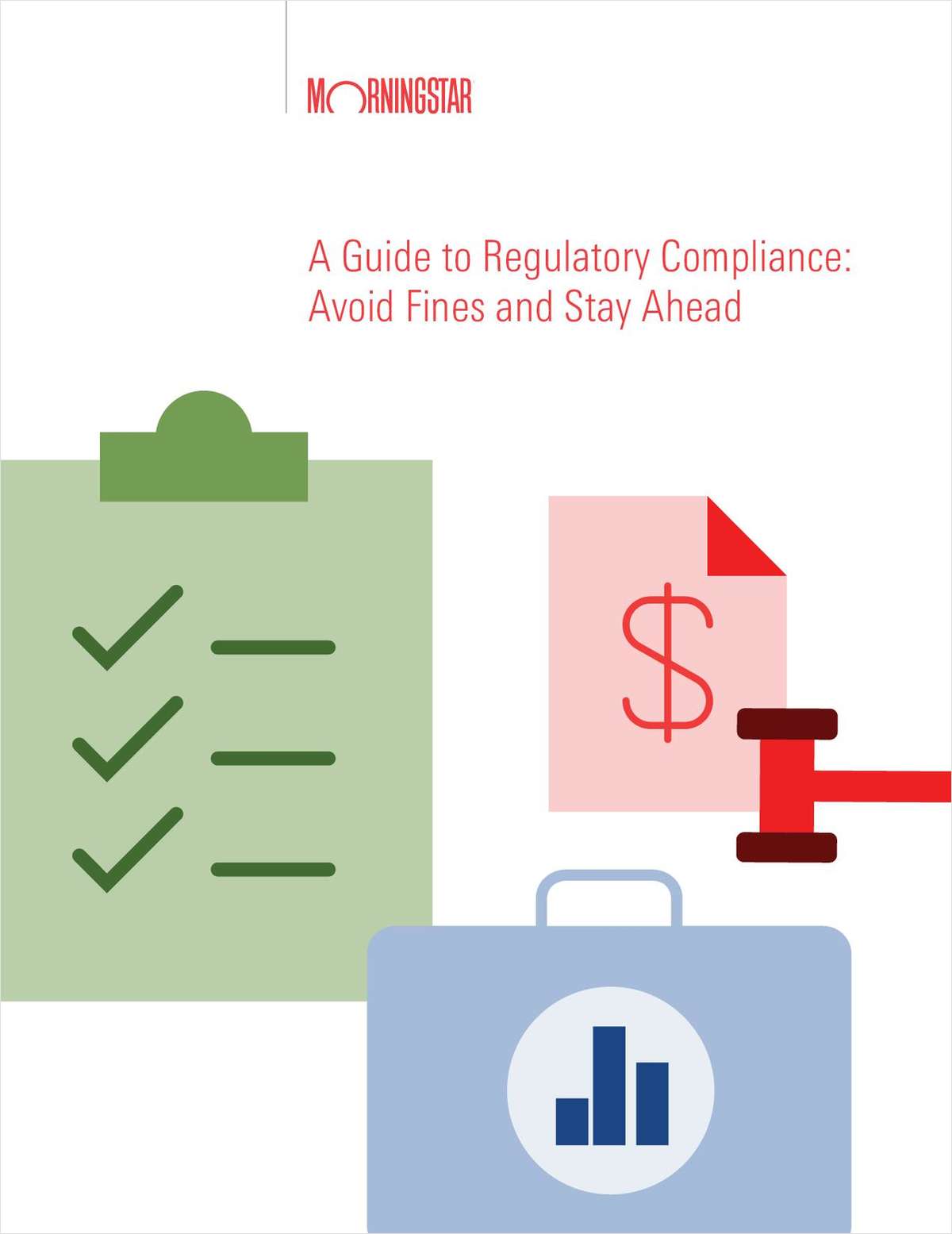 COVID-19 joins the stay-at-home protests.
COVID-19 joins the stay-at-home protests.Let's Cool Down the Protesting With Nazi-Related Themes
Expressions of free speech don't have to be criminal to be dangerous.
May 19, 2020 at 12:28 PM
6 minute read
Nightly news broadcasts feature protests taking place around the country against lockdowns implemented to stem the flow of the coronavirus. While the federal government has encouraged social distancing, the issues of lockdowns, how they are implemented and how long they will continue require decisions left largely to the states. We can debate the issue of whether governors have overstepped their constitutional authority, and courts are starting to weigh in on this very issue.
Whether these protests voice legitimate arguments in favor of relaxed restrictions is not in question, but rather it is the tone of some of the protests with which we take issue. Images of men and women dressed in camouflage and tactical vests and carrying assault rifles have become commonplace across state capitals in recent weeks, with several tense moments resulting between police officers and protesters. While protests against coronavirus-related lockdowns are not unique to our cities, the size of the demonstrations and the presence of armed protesters make them more visible, newsworthy and disturbing. What also stand out are the kinds of placards some of the demonstrators carry. Despite the visceral reaction we likely share, these placards—and the legally authorized firearms some protestors carry, as disturbing as this may be—do not, in and of themselves, subject the demonstrators to criminal prosecution, though in some instances that can be a hard pill to swallow.
Case in point: recently, we saw the appearance at an anti-lockdown rally of a picket sign bearing a Nazi slogan historically known to be from the entrance to a concentration camp. A demonstrator attending a rally in Illinois, where hundreds of people protested against the state's lockdown and social distancing measures, was photographed carrying a sign bearing the words "Arbeit macht frei, JB." The German phrase translates as "work sets you free", with JB referring to the Illinois governor, JB Pritzker, who is of Jewish descent.
Although the expression dates back to the late 1800s from a novel in which gamblers and fraudsters find the path to virtue through labor, Nazis used the slogan at Dachau concentration camp and then copied it at Auschwitz. It was also visible at the camps at Flossenbürg, Gross-Rosen and Sachsenhausen, as well as in the Theresienstadt Ghetto. It was one of the first things prisoners saw when they entered the camps, providing the absurd welcoming to prisoners whose "work" would consist largely of digging their own graves, serving as subjects of cruel medical experiments and building munitions for the Reich. Now this symbol of hate and moral degeneration is being used again.
We are not suggesting that this act is or should be punishable; nor does the placard come close to being inflammatory speech directed to inciting or producing imminent lawless action likely to incite or produce such action. Recently, the Connecticut Supreme Court in Haughwout v. Tordenti reiterated the well-established federal jurisprudence outlining the permissible government regulation of certain categories of expression consistent with the constitution. The first amendment permits states to restrict "advocacy intended, and likely, to incite imminent lawless action, obscenity, defamation, speech integral to criminal conduct, so-called fighting words, child pornography, fraud, true threats and speech presenting some grave and imminent threat the government has the power to prevent."
True threats "encompass those statements [through which] the speaker means to communicate a serious expression of an intent to commit an act of unlawful violence to a particular individual or group of individuals." So political hyperbole is protected speech, no matter how base, dehumanizing or reckless.
We suggest that this advocacy is protected speech because it was not directed at inciting nor was it likely to produce imminent lawless action. The speech was not intentionally promulgated to cause actual harm. Nor would we claim that the placard was coded speech—a camouflaged call to violence—or that any violent outbursts at these gatherings would have been a direct and foreseeable consequence. Moreover, we are not advocating for a different test, the use of standard libel law rubric or to broaden the true threat standard.
However, while abstract advocacy of this nature is not criminal, we think that it is nevertheless dangerous. The danger is in how this placard further degrades who we are. Hyperbole plays to people's fantasies. Seeing this placard amidst armed protestors was terrifying; it signified a phenomenon of political violence and reminded us how relatively ordinary people got swept up in the furor of what became a genocidal enterprise.
The pandemic we are living through has (hopefully) brought out the best in us. Every day, we are reminded of the countless people who are helping to take care of us, feed us and transport us. It also has the ability to fuel our worst fears. Pictures of a rodent with the Star of David on one side of a placard and the words "The Real Plague" on the other side, as well as other hateful, misogynistic and Islamophobic signs are appearing with some frequency in many other state capitals where people are protesting stay-at-home orders.
It is irrelevant whether Ohio or Michigan incorporates the rigid forum analysis standard under the federal constitution or adopts a more flexible, fact-specific compatibility approach, under which courts consider whether the particular speech in issue is consistent with the uses of the specific public property involved. The latter was the approach embraced by our Supreme Court in State v. Linares, but while the Connecticut approach maximizes the speech that the government is constitutionally required to tolerate, consistent with the appropriate and needful use of its property, the speech we have seen on the grounds of state capitols is protected regardless of which approach is favored.
Therefore, at the end of the day, we cannot look to our government to curtail these expressions of hate, bigotry and stupidity. We can only look to ourselves to rise above.
This content has been archived. It is available through our partners, LexisNexis® and Bloomberg Law.
To view this content, please continue to their sites.
Not a Lexis Subscriber?
Subscribe Now
Not a Bloomberg Law Subscriber?
Subscribe Now
NOT FOR REPRINT
© 2025 ALM Global, LLC, All Rights Reserved. Request academic re-use from www.copyright.com. All other uses, submit a request to [email protected]. For more information visit Asset & Logo Licensing.
You Might Like
View All
ADVANCE Act Offers Conn. Opportunity to Enhance Carbon-Free Energy and Improve Reliability With Advanced Nuclear Technologies

Trending Stories
- 1The Appropriate Exemption in Students for Fair Admissions v. President & Fellows of Harvard College
- 2DOJ, 10 State AGs File Amended Antitrust Complaint Against RealPage and Big Landlords
- 3New Partners at Cummings & Lockwood, Carmody Torrance Sandak & Hennessey
- 4'Extra Government'?: NY Top Court Eyes Ethics Commission's Constitutionality
- 5South Texas College of Law Houston Selects New Dean
Who Got The Work
Michael G. Bongiorno, Andrew Scott Dulberg and Elizabeth E. Driscoll from Wilmer Cutler Pickering Hale and Dorr have stepped in to represent Symbotic Inc., an A.I.-enabled technology platform that focuses on increasing supply chain efficiency, and other defendants in a pending shareholder derivative lawsuit. The case, filed Oct. 2 in Massachusetts District Court by the Brown Law Firm on behalf of Stephen Austen, accuses certain officers and directors of misleading investors in regard to Symbotic's potential for margin growth by failing to disclose that the company was not equipped to timely deploy its systems or manage expenses through project delays. The case, assigned to U.S. District Judge Nathaniel M. Gorton, is 1:24-cv-12522, Austen v. Cohen et al.
Who Got The Work
Edmund Polubinski and Marie Killmond of Davis Polk & Wardwell have entered appearances for data platform software development company MongoDB and other defendants in a pending shareholder derivative lawsuit. The action, filed Oct. 7 in New York Southern District Court by the Brown Law Firm, accuses the company's directors and/or officers of falsely expressing confidence in the company’s restructuring of its sales incentive plan and downplaying the severity of decreases in its upfront commitments. The case is 1:24-cv-07594, Roy v. Ittycheria et al.
Who Got The Work
Amy O. Bruchs and Kurt F. Ellison of Michael Best & Friedrich have entered appearances for Epic Systems Corp. in a pending employment discrimination lawsuit. The suit was filed Sept. 7 in Wisconsin Western District Court by Levine Eisberner LLC and Siri & Glimstad on behalf of a project manager who claims that he was wrongfully terminated after applying for a religious exemption to the defendant's COVID-19 vaccine mandate. The case, assigned to U.S. Magistrate Judge Anita Marie Boor, is 3:24-cv-00630, Secker, Nathan v. Epic Systems Corporation.
Who Got The Work
David X. Sullivan, Thomas J. Finn and Gregory A. Hall from McCarter & English have entered appearances for Sunrun Installation Services in a pending civil rights lawsuit. The complaint was filed Sept. 4 in Connecticut District Court by attorney Robert M. Berke on behalf of former employee George Edward Steins, who was arrested and charged with employing an unregistered home improvement salesperson. The complaint alleges that had Sunrun informed the Connecticut Department of Consumer Protection that the plaintiff's employment had ended in 2017 and that he no longer held Sunrun's home improvement contractor license, he would not have been hit with charges, which were dismissed in May 2024. The case, assigned to U.S. District Judge Jeffrey A. Meyer, is 3:24-cv-01423, Steins v. Sunrun, Inc. et al.
Who Got The Work
Greenberg Traurig shareholder Joshua L. Raskin has entered an appearance for boohoo.com UK Ltd. in a pending patent infringement lawsuit. The suit, filed Sept. 3 in Texas Eastern District Court by Rozier Hardt McDonough on behalf of Alto Dynamics, asserts five patents related to an online shopping platform. The case, assigned to U.S. District Judge Rodney Gilstrap, is 2:24-cv-00719, Alto Dynamics, LLC v. boohoo.com UK Limited.
Featured Firms
Law Offices of Gary Martin Hays & Associates, P.C.
(470) 294-1674
Law Offices of Mark E. Salomone
(857) 444-6468
Smith & Hassler
(713) 739-1250












